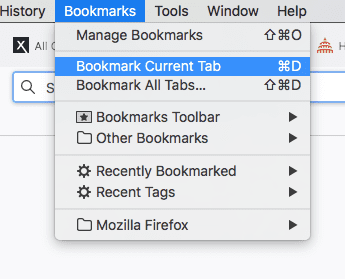Finding an objective path
Yes, I've been a voice talent as well as a producer of radio imaging for over 25 years, but I got my start in the radio industry. I've been exactly where you are. As a former production director, I have first-hand experience with choosing the station voice. At that time, choosing a voice for the station's imaging was easy. There were maybe a dozen well-known, reputable male voices that specialized in radio imaging (and virtually zero female voices). They all advertised in the trades, and so were easy to find. Below that dirty dozen was another level; wider, less known but worth exploring. These voices were not so familiar, but hey, we were supposed to be looking for a unique voice, right? At that time, you could narrow your list down in a few days, and make a final selection by the end of the week by having the top few contenders do a custom read, just to get a feel for how they'd fit. Those times, my friend, are long gone. Sans the simplicity of yesteryear, you need a new method of choosing that imaging voice––one that will help you navigate thousands of possibilities.
A 4 Point Plan to choose your next radio imaging voice
Below are the bullet points I've come up with. Below that are the explanations of each. The good news is, this won't take long!
- Collect and vet qualified voice talent
- Bookmark only the talent that meet the above criteria of "qualified"
- Record your competition's imaging, listen and compare
- Choose a unique voice that fits your vibe
Vetting voice talent
Bookmark all potential imaging voices and services
Anybody who is a working professional in the voice over industry has a website. There are -no- exceptions. Their websites will have lots of demo reels, and will most always indicate the number of years the voice talent has been active. Another advantage of bookmarking radio imaging websites is you don't have to deal with downloading MP3 files, and instead can listen directly off the demo page. Also, it's not uncommon for stray MP3 files to exclude important stuff like, well, the name of the talent, let alone the contact info you need to get in touch. You might not care at first, but if any length of time goes by, it can be tough figuring out who that voice is you liked a year ago, now that you might need them. One especially good aspect of bookmarking websites is that if a voice talent gives up because they weren't getting work, they'll let their site expire, creating a dead link. Then you can un-bookmark them. Since the search for a new imaging voice doesn't happen often, it really does benefit you to know who's a real player in the industry, and who was just a try hard giver-upper.

You probably know this already, but web browsers will allow you to create folders and sub folders for bookmarks, which makes for easy sorting. I use this feature for nearly everything I care to bookmark. Of course, you can also search bookmarks!
Aircheck your competition, listen and compare
Recording and sorting your competition's imaging will allow you to do direct comparisons to potential imaging candidates, and evaluate accordingly. Market research is critical in choosing an imaging voice that will be effective in differentiating your radio station. Especially in the case that you are set on choosing from the top tier of recognizable, established voices, you run the risk of choosing someone who is in a non-compete in your market––then having to backtrack. Trickier still is choosing an imaging voice that sounds very similar to your competition. The simple truth is you need to choose a voice––and production style––that sound as different from your competition as possible.
An imaging voice that fits both you and your audience

About Ray Norman
Ray Norman is a voice actor and sound designer with over 3 decades as an independent producer specializing in audio branding.